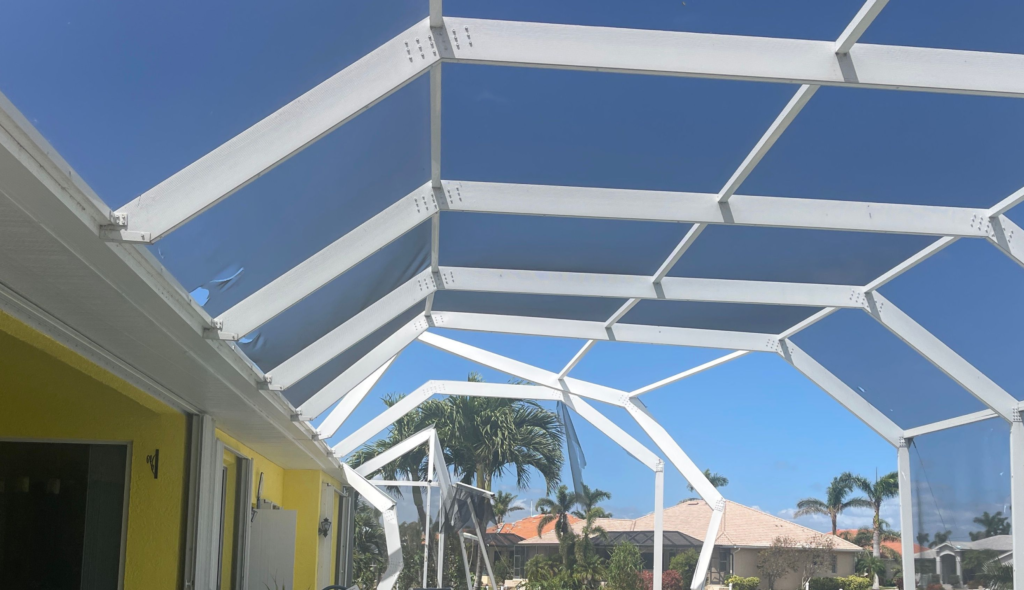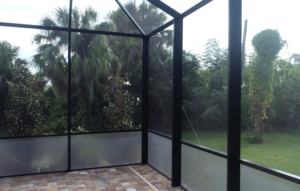When selecting insurance coverage for your pool cage, it’s essential to carefully review your homeowner’s insurance policy and consider any additional coverage options. Here are key factors to look for and consider:
1. Inclusion in Standard Policy: – Start by checking your standard homeowner’s insurance policy to see if it already covers pool cages or enclosures. Some policies may provide coverage for certain perils, such as damage caused by fire, vandalism, or windstorms.
2. Covered Perils: – Review the list of covered perils in your policy. Ensure that it includes potential risks to your pool cage, such as storm damage, falling trees, hail, and other natural disasters common in your area.
3. Coverage Limits: – Take note of any coverage limits specified in your policy. Ensure that the coverage limits are adequate to repair or replace your pool cage in case of significant damage.
4. Deductible: – Understand the deductible associated with your policy. The deductible is the amount you are responsible for paying out of pocket before your insurance coverage kicks in. Make sure you are comfortable with the deductible amount.
5. Additional Structures Coverage: – Some homeowner’s insurance policies include coverage for additional structures on your property, such as pool cages or sheds. Check if your policy includes this coverage and verify the coverage limits.
6. Dwelling Extension Coverage: – Dwelling extension coverage or other structure coverage may be necessary if your standard policy does not adequately cover your pool cage. This type of coverage can be added to your policy to protect additional structures on your property.
7. Replacement Cost vs. Actual Cash Value: – Determine whether your policy covers the replacement cost or actual cash value of your pool cage. Replacement cost coverage typically pays to replace the damaged item with a new one of similar quality. Actual cash value coverage considers depreciation, so you may receive a lower payout.
8. Endorsements or Riders: – In some cases, you may need to add specific endorsements or riders to your policy to cover pool enclosures fully. Discuss these options with your insurance agent.
9. Documentation: – Keep detailed records and documentation related to your pool cage, including its age, construction materials, and any upgrades or renovations. This information can be valuable when filing a claim.
10. Consult with an Insurance Agent: – To ensure you have the right coverage for your pool cage, consider consulting with an experienced insurance agent or broker. They can assess your specific needs and recommend appropriate coverage options.
11. Read the Fine Print: – Carefully read and understand all the terms and conditions of your insurance policy, especially regarding pool enclosures. Be aware of any exclusions or limitations.
12. Compare Policies: – Don’t hesitate to shop around and compare insurance policies from different providers. Consider obtaining quotes from multiple insurers to find the best coverage and rates.

Remember that insurance policies can vary significantly, so it’s essential to select coverage that aligns with your specific needs and the risks associated with your pool cage. Regularly review and update your policy to ensure it remains adequate as your circumstances change.



